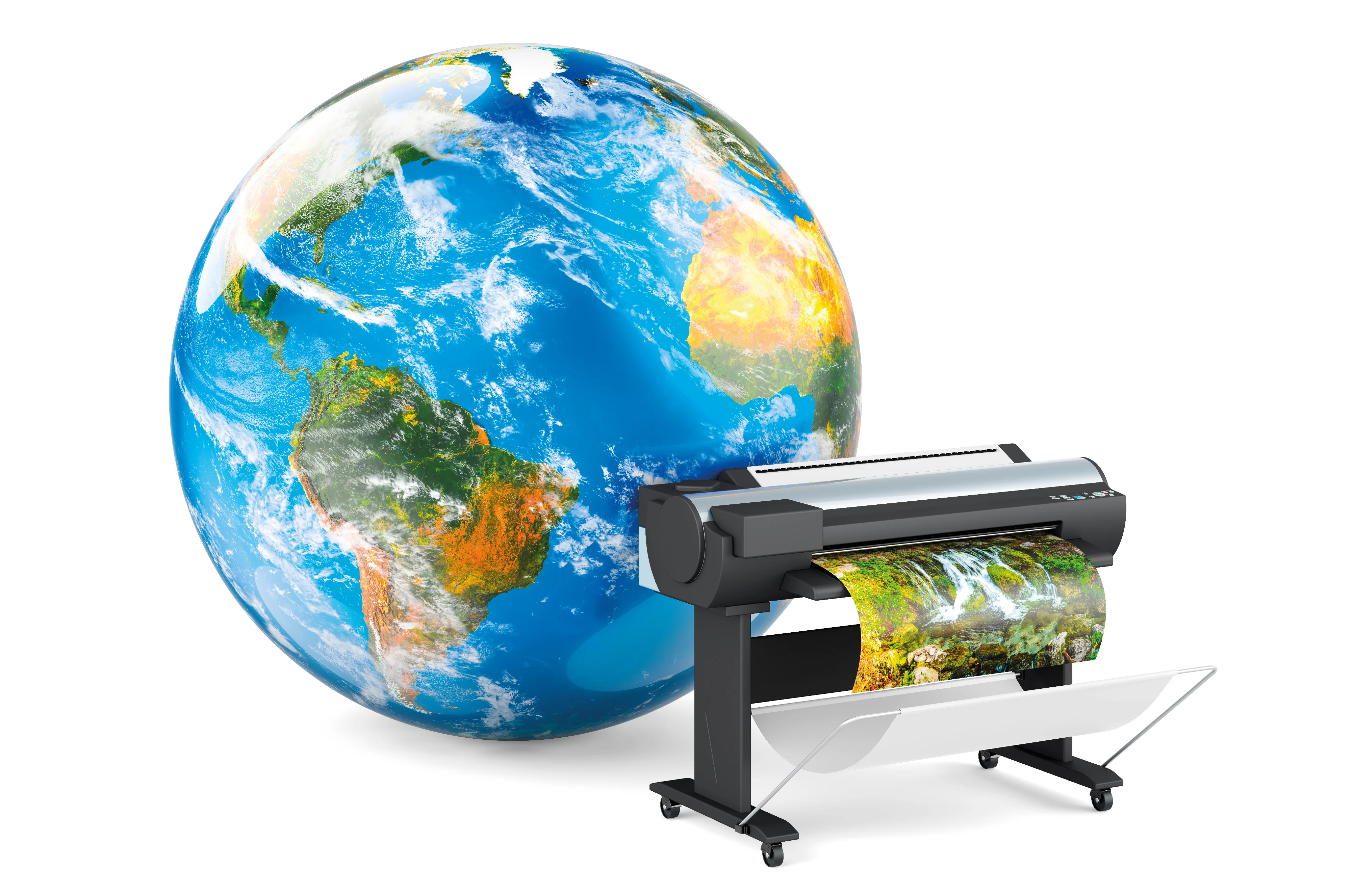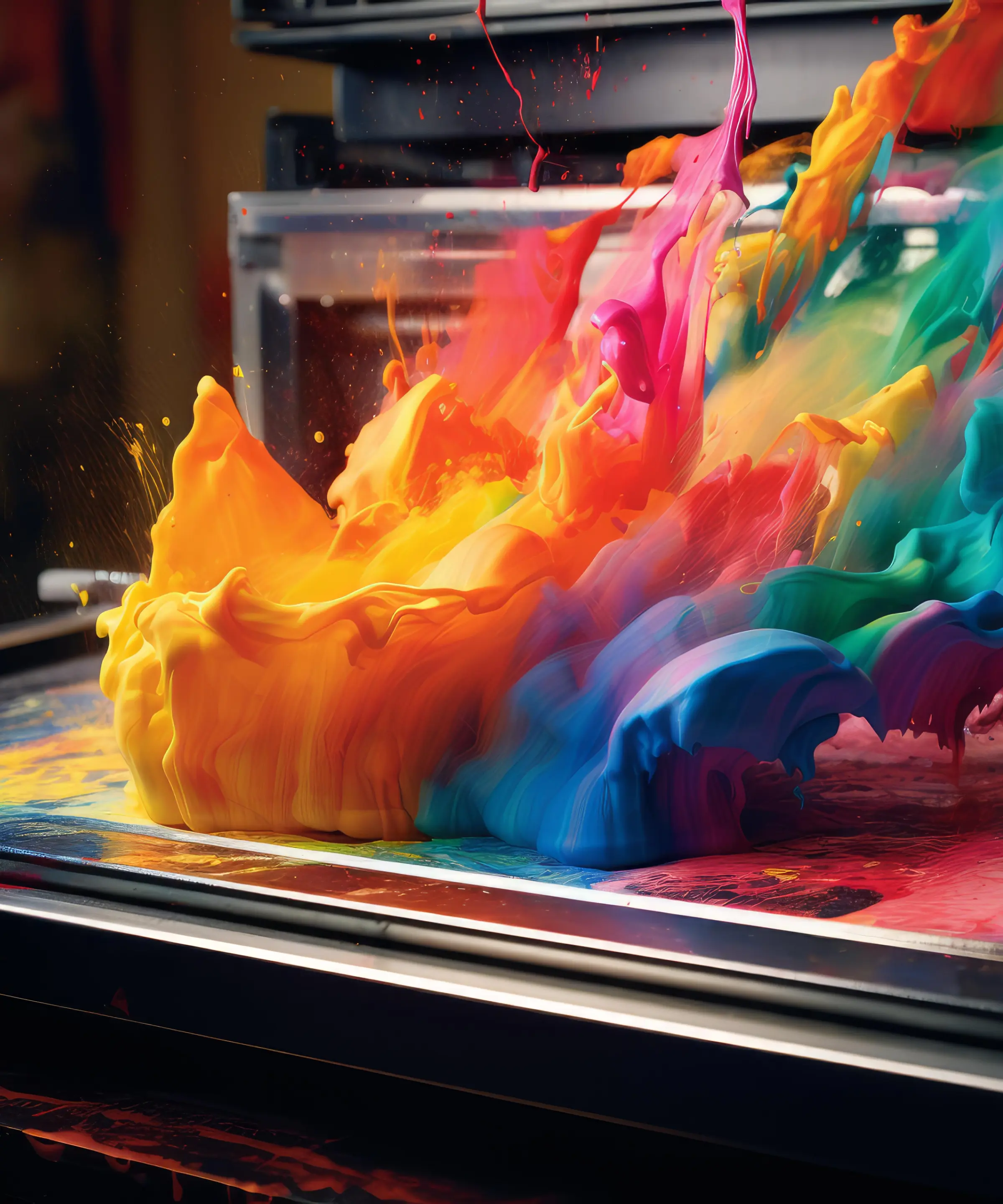What is Hoarding?
To put it simply, a hoarding—also known as a billboard in some places—is a sizable printed display that is mostly utilised for outdoor advertising.
These enormous boards display eye-catching images, compelling messaging, and advertising information intended to draw in and involve onlookers.
Usually, hoardings are seen in areas with plenty of traffic, like:
-
Along busy roads and highways:
These roads frequently see a lot of traffic, which makes them ideal locations to get commuters' attention.
-
Outside building sites:
Hoardings here improve aesthetic appeal by serving as both an advertisement and a means of covering ongoing work.
-
Close to retail centres or business districts:
These locations draw a lot of foot traffic, which raises the likelihood that people will interact with the ads.
-
Airports and train stations:
These venues provide significant visibility and frequent exposure to the messaging because to their lengthy wait times and large passenger volumes.
The Role of Printing in Hoardings
Although they may appear straightforward from a distance, hoardings are the result of a lot of work. A key step in the production process is printing. Hoardings are made to be both aesthetically pleasing and resilient enough to endure challenging outdoor circumstances thanks to modern printing methods.
Types of Printing for Hoardings:
Hoardings require different printing methods since they guarantee that the ads are vivid, resistant to weather, and observable from a distance. Durability and aesthetic appeal can be greatly impacted by the printing technique used.
-
Digital printing:
This method is quick, effective, and ideal for creating intricate, colourful graphics for hoardings.
-
UV printing:
This technique uses ultraviolet light to cure the ink, increasing the prints' resistance to weather and making them perfect for outdoor use.
-
Screen Printing:
Although less popular these days, screen printing is still utilised for some kinds of hoarding materials, especially when big quantities are needed.
Materials Used in Hoardings
When creating and printing hoardings, material selection is crucial. The weather conditions of the sun, wind, and rain must be tolerated by these constructions. Among the often used resources are:
- Vinyl, which is both durable and weather-resistant, is one of the most preferred hoarding materials.
- Flex: A common material for temporary hoardings, flex is inexpensive and lightweight.
- PVC: Frequently used for high-end hoardings, PVC is renowned for its durability and strength.
- Fabric: In certain environmentally concerned initiatives, fabric is utilised for hoardings.
Why are Hoardings Effective?
Hoardings are a dependable kind of advertising that has endured over time. But why do they work so well?
1. High Visibility:Because hoardings are positioned strategically, they are difficult to overlook. They attract attention because of their size and striking appearance.
2. Constant Exposure:Hoardings offer constant exposure because they are constantly on show, unlike TV or social media advertisements.
3. Cost-Effective:Hoardings are an affordable choice because to the long-term advantages, even though the setup and printing expenses may be considerable at first.
4. Branding Opportunities:Hoardings give companies a bold and imaginative way to display their corporate identity.
-
Keep It Simple:
Simplicity is essential because viewers frequently spot hoardings when they're moving. Prioritise a concise message and striking imagery.
-
Make Use of High-Quality Images:
Images with poor resolution can detract from the visual impact. When printing, always use high-quality graphics.
-
Bold Colours:
Your hoarding can stand out from its surroundings by using colours that are vivid and distinctive.
-
CTA, or call to action:
Include a clear, compelling call to action to compel viewers to act. Use readable fonts to make sure the text is legible from a distance.
Environmental Considerations in Hoarding Printing
Sustainable printing techniques are becoming more popular in the hoarding sector as companies grow more environmentally mindful.
-
Eco-friendly Inks:
Inks that are solvent-free and water-based have a smaller negative influence on the environment.
-
Recyclable Materials:
Biodegradable or recyclable materials are used in some hoardings.
-
Printing using less energy:
Modern printing processes use less energy.
The Future of Hoardings: Digital vs. Traditional
Large LED displays, or digital hoardings, are growing in popularity. They provide real-time updating capabilities for dynamic content. Traditional printed hoardings, however, continue to have a unique position because of their
- Reduced starting expenses
- More possibilities for personalisation
- Electricity is not required.
he most successful advertising technique is frequently a mix of traditional and digital hoardings.
Final Thoughts
In the modern world, hoardings remain a potent promotional technique. The possibilities for imaginative, powerful hoardings are endless, especially with the development of printing technology and the increased emphasis on sustainability.
Knowing the art and science of hoardings offers important insight into this dynamic type of communication, whether you're a business owner trying to build your brand or just interested in the printing sector.
Thus, the next time you spot a visually arresting hoarding on your way to work, pause to consider the ingenuity, technology, and work that went into making it. Hoardings, after all, are stories waiting to be told, not just big prints.




Leave A Reply